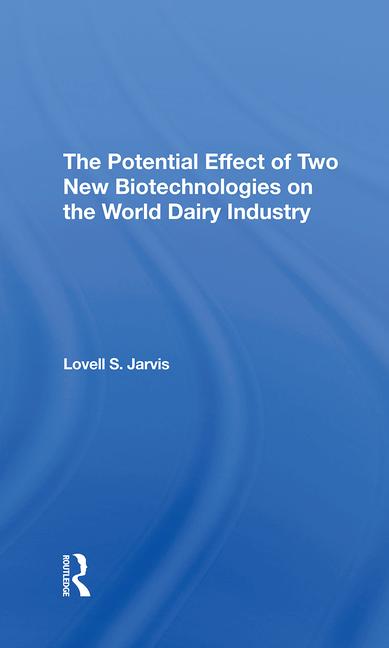Quality on the Line: Stress is Good
Dairy processors do an excellent job of processing and bottling milk so that low initial bacterial numbers are observed. In fact, the standard plate count (SPC) of freshly pasteurized milk typically runs approximately 500 cfu/mL (or even lower). However, these low numbers on fresh milk products do not assure that the shelf-life of the milk will be as long as it should be. The simple reason is that there is no indication as to the type of bacteria present. If all or most of the bacteria are psychrotrophic, i.e. capable of fairly rapid growth at refrigeration temperatures, the counts could reach a million or more per mL within 10-12 days at 7°C (45°F). The reason why this number is so critical is that normally a count of at least a million is required before an off-flavor is detected. The average generation time (the time required for a bacterial population to double in number) of the most common psychrotrophs is approximately nine hours at 7°C (45°F); therefore, it only requires a few days for "several hundred" bacteria to become a serious shelf-life issue.
Stress testing provides a better method for evaluating the quality and shelf-life of pasteurized products. The purpose of this test is to allow time for any bacteria that may be present to grow to estimable numbers. In cases where most of the bacteria are psychrotrophs (either Gram-negative rods like Pseudomonas or Gram-positive rods like Bacillus), resultant counts of stress testing can better indicate the quality and shelf-life of fluid milk.
A stress test (PI-SPC) may be conducted by incubating an entire carton of milk at 21°C (70°F) for the following times: 18 hours for half-pints and pints, 20 hours for quarts, 22-24 hours for half-gallons and gallons. After the product has been stressed, perform an SPC using 1:100 dilutions. Some lab technicians claim to have better results with agar plates. Either way, the plates should be incubated at 21°C for 48 hours. The goal should be for counts to be less than 1,000 cfu/mL. If counts are consistently greater than 1,000/mL, check PI (Preliminary Incubation Test - See Dairy Foods, August 2005) counts for raw milk, and conduct lab pasteurization counts (LPC) on raw milk to check for thermodurics. The LPC should yield less than 500 cfu/mL. If PI-SPC results remain high, check the type of bacteria found in the product. Because Gram-negative rods do not survive pasteurization (unless in extremely high numbers), high Pl-SPC results with these types of bacteria normally indicate the use of unsanitary equipment. High PI-SPC results with Gram-positive rods may indicate either raw milk problems or unsanitary equipment used on the pasteurized side. Review all equipment cleaning and sanitizing. It should be noted that a stress coliform (PI-Coli) test may also be run in the same manner as the PI-SPC. The goal should be less than 1 coliform/mL.
The other major stress test is the Moseley Test. As detailed in Standard Methods, this test consists of incubating an unopened container of milk at 7°C (45°F) for seven days followed by plating on Plate Count Agar and incubating at 32°C for 48 hours. The results are compared with an SPC done on a fresh sample of milk. According to Standard Methods (17th Edition, 2004), "large increases in the bacterial count between the first and second plating indicate limited shelf-life of refrigerated products." Many dairies only run the second SPC. The problem with the Moseley Test is that it takes nine days to obtain results. While companies are aware of the limitations of the Moseley Test, they continue to use this procedure as a standard to continually meet.
Most current shelf-life predicting tests utilize some type of "stress" condition to modify bacterial numbers where problems may be noted. These tests also lead to the implementation of corrective action(s) where needed. By providing data on bacterial growth beyond the initial SPC, stress tests can effectively assist dairy processors in producing fluid milk of high quality with dependable shelf-life.
Looking for a reprint of this article?
From high-res PDFs to custom plaques, order your copy today!







